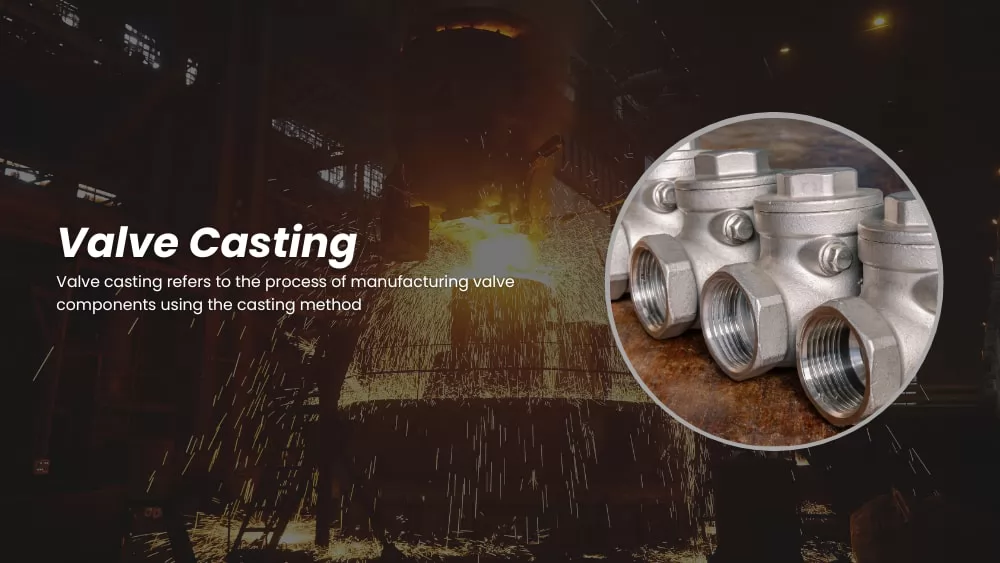
What is a Valve Casting?
Valve casting refers to the process of manufacturing valve components using the casting method. In this process, molten metal is poured into a mold cavity to obtain the desired shape and form of the valve part. Valve castings are widely used in various industries, including oil and gas, petrochemical, power generation, and water treatment.
Valve castings play a crucial role in controlling the flow of fluids, gases, or steam in pipelines and systems. They are designed to regulate, isolate, or direct the flow, ensuring smooth operation and optimal performance of the system. Valve castings come in various shapes and sizes, depending on the specific application and requirements.
Types of Valve Castings
Valve castings can be categorized into different types based on their designs and applications. Let's explore some common types of valve castings:
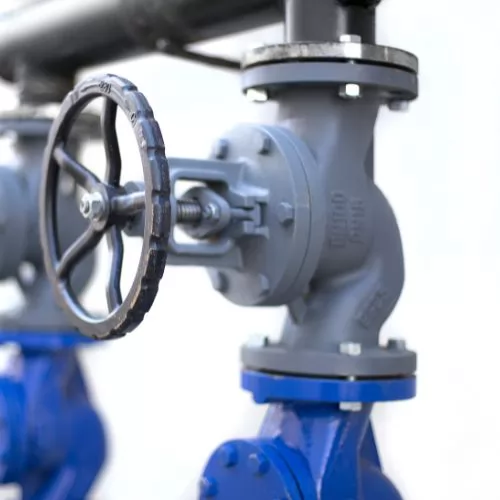
Gate Valve Castings
Gate valves are designed to provide a straight-through flow path when fully open and to shut off the flow completely when closed. Gate valve castings typically feature a wedge-shaped gate that moves perpendicular to the flow direction.
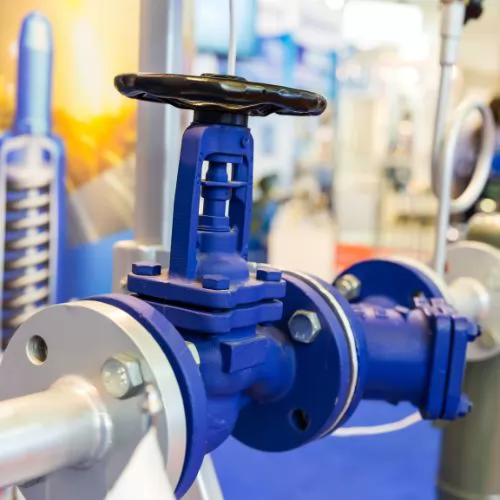
Globe Valve Castings
Globe valves have a spherical body shape and a movable disc or plug that controls the flow by varying the space between the disc and the seat. Globe valve castings are commonly used for throttling or regulating the flow.
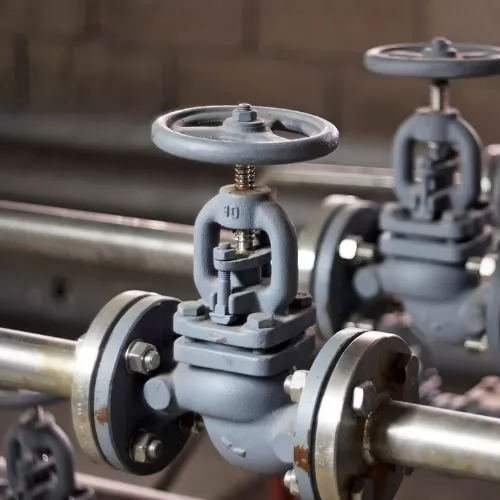
Ball Valve Castings
Ball valves use a rotating ball with a bore to control the flow. When the ball is rotated, the flow path is either fully open or completely closed. Ball valve castings are widely used due to their reliable sealing and ease of operation.
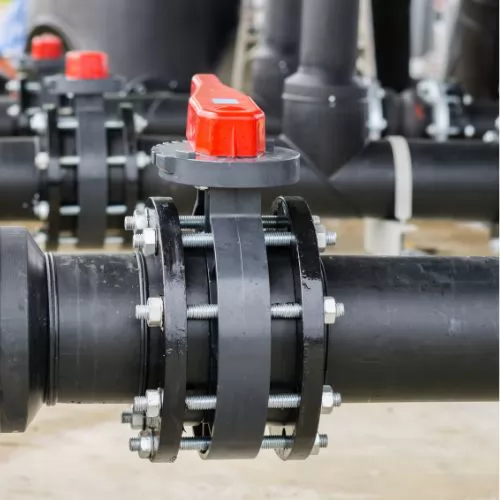
Butterfly Valve Castings
Butterfly valves feature a disc that rotates in the flow path to control the flow. The disc is mounted on a shaft and can be positioned at various angles to regulate the flow rate. Butterfly valve castings are compact and lightweight, making them suitable for large-diameter applications.
Which Materials are Suitable for Valve Castings?
Valve castings can be produced from a wide range of materials, depending on the specific requirements of the application. The choice of material is crucial to ensure optimal performance and durability of the valve. Some common materials suitable for valve castings include:
| Material | Pressure Rating | Temperature Range | Applicable Media | Common Grades |
|---|---|---|---|---|
| Cast Iron | Low to medium pressure (up to 16 bar) | -10°C to 200°C | Water, oil, air | ASTM A126, ASTM A536 |
| Carbon Steel | Medium to high pressure (16 - 40 bar) | -29°C to 425°C | Water, oil, steam | ASTM A216 WCB, ASTM A105 |
| Alloy Steel | High pressure (40 - 70 bar) | -29°C to 600°C | Steam, oil, chemicals | ASTM A217 WC6, ASTM A217 WC9 |
| Stainless Steel | Medium to high pressure (16 - 40 bar) | -196°C to 800°C | Acids, alkalis, corrosive media | ASTM A351 CF8, ASTM A351 CF8M |
| Nickel-Chromium Alloy | High pressure (over 70 bar) | -196°C to 1,000°C | Extreme corrosive media, high temperature media | ASTM A494 CW6M, ASTM A494 M35-1 |
| Chromium-Molybdenum Steel | High pressure (40 - 70 bar) | -29°C to 600°C | High temperature, high pressure media | ASTM A182 F22, ASTM A182 F91 |
| Cast Copper | Low to medium pressure (up to 16 bar) | -30°C to 250°C | Water, low corrosive media | ASTM B584 C84400, ASTM B584 C83600 |
| Titanium Alloy | Medium to high pressure (16 - 40 bar) | -196°C to 600°C | Highly corrosive media, seawater | ASTM B265, ASTM B338 |
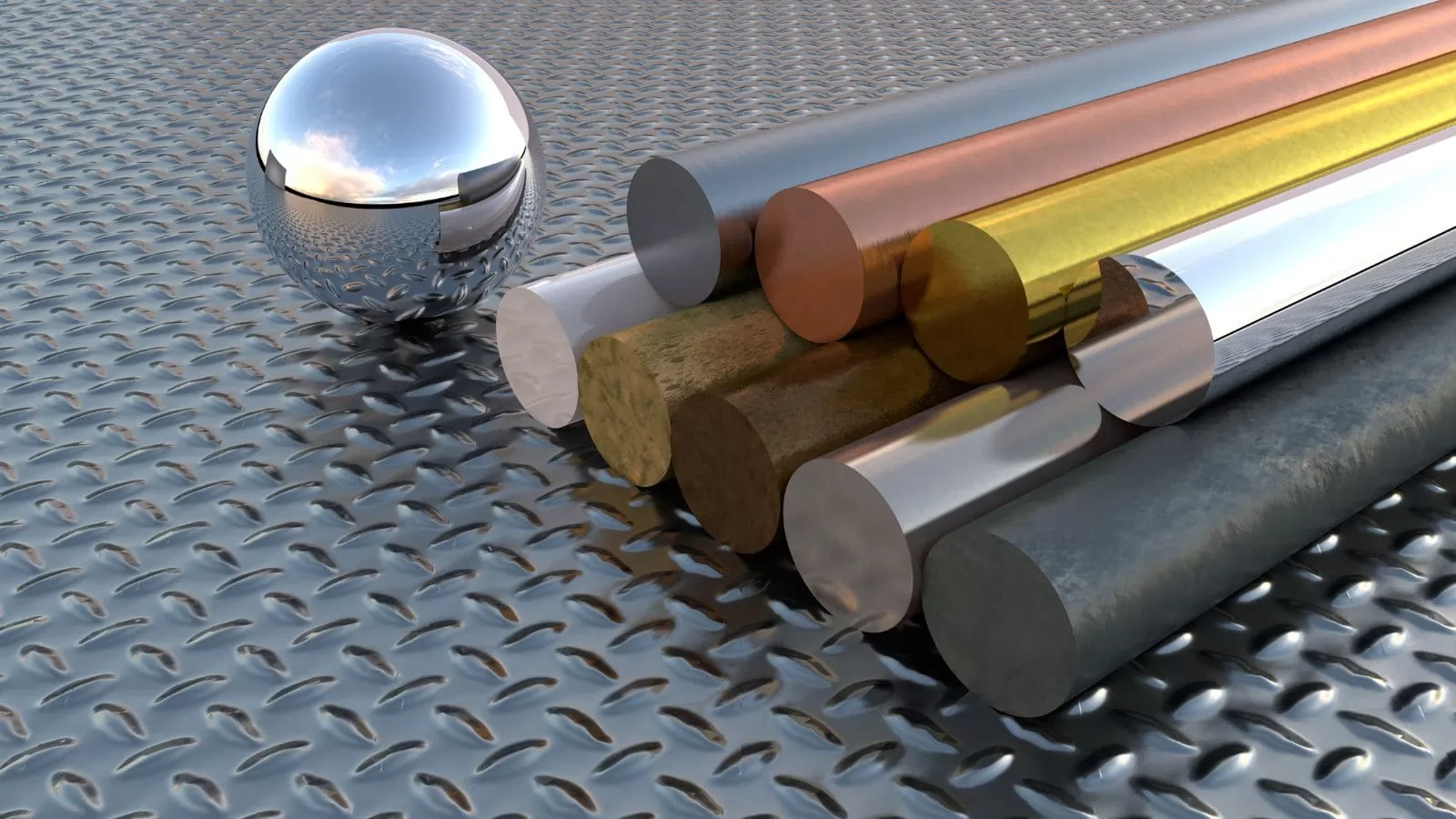
Forging vs Casting Valves
| Comparison Dimension | Casting Valves | Forged Valves |
|---|---|---|
| Manufacturing Process | Casting involves pouring molten metal into a mold and allowing it to cool and solidify into shape. | Forging involves deforming metal under mechanical pressure to achieve the desired shape and structure. |
| Shape Complexity | Suitable for producing parts with complex geometries, easily achieving internal channels, cavities, and other intricate structures. | Due to the limitations of forging molds and processes, creating complex shapes is more challenging. |
| Material Utilization | Casting minimizes material waste, making better use of raw materials. | Forging may require additional processing, leading to relatively more material waste. |
| Size Range | Casting is ideal for producing large-sized, heavy parts with high flexibility. | Forging is generally suitable for medium to small-sized parts, with high costs for large-sized parts. |
| Surface Finish | Casting can achieve a good surface finish, reducing the need for additional processing. | Forged parts typically require extra machining to improve surface finish. |
| Cost-Effectiveness | For large-scale production or large parts, casting offers better cost-effectiveness. | Forging is more complex and costly, making it less advantageous for small batches or large parts. |
| Production Cycle | The casting process is relatively quick, suitable for mass production with shorter lead times. | Forging is more complex and generally involves longer production cycles. |
| Strength and Toughness | The strength and toughness of casting valves are sufficient for most industrial applications. | While forged valves perform well in high-pressure and high-temperature environments, their applicability is limited to specific conditions. |
| Internal Structure | Though casting may result in some minor voids, modern casting technology has significantly reduced such defects. | Forging produces a denser material structure but is more complex and costly. |
Why are Valves Produced by Investment Casting Preferred?
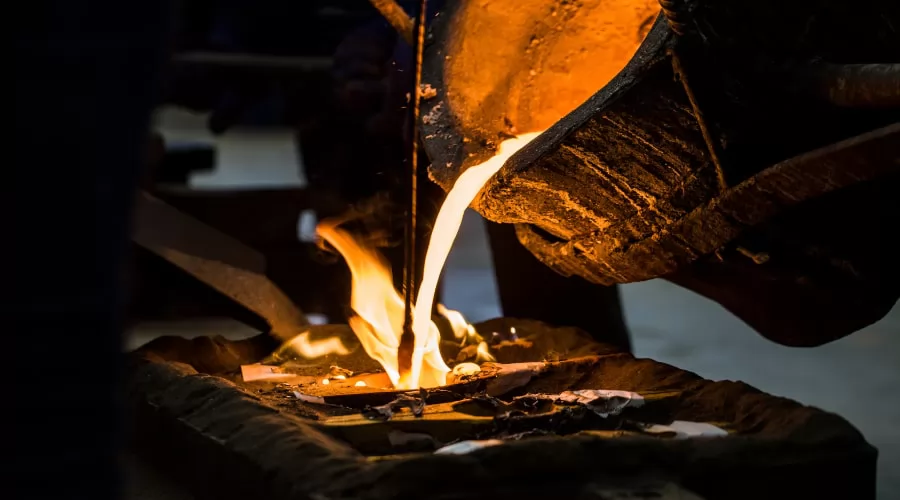
Investment casting, also known as precision casting or lost-wax casting, is a preferred method for producing valve castings. Here are some reasons why investment casting is preferred for valve production:
-
Design Flexibility: Investment casting allows for intricate and complex valve designs to be accurately replicated. This method enables the production of valve castings with complex internal features and precise dimensions.
-
High-Quality Surface Finish: Investment casting results in a smooth surface finish of the valve castings, reducing the need for extensive post-processing. This is particularly advantageous in applications where a low-friction or leak-free sealing surface is required.
-
Wide Material Selection: Investment casting supports a wide range of materials, including stainless steel, carbon steel, alloys, and exotic metals. This versatility enables manufacturers to select the most suitable material for the specific application and performance requirements.
-
Cost-Effective for Small to Medium Production Runs: Investment casting is cost-effective for small to medium production runs of valve castings. It minimizes material waste, reduces machining requirements, and allows for the production of complex shapes in a single casting.
The Manufacturing Process of Valve Castings
The manufacturing process of valve castings involves several steps. Let's explore the typical process:
-
Pattern Creation: The process starts with the creation of a pattern, which is an exact replica of the desired valve casting. The pattern can be made from wax, plastic, or other materials.
-
Mold Preparation: The pattern is used to create a mold cavity, which can be done by applying a ceramic shell or using a sand mold. The mold is prepared to withstand the high temperatures and pressures during the casting process.
-
Wax Injection: In the investment casting method, molten wax is injected into the mold cavity created by the pattern. The wax forms a replica of the valve casting, known as a wax pattern.
-
Shell Building: The wax patterns are assembled onto a gating system, forming a cluster. This cluster is coated with a ceramic slurry and then coated with a refractory material. This process is repeated several times to build a strong ceramic shell around the wax patterns.
-
Wax Removal and Preheating: The ceramic shell is heated to remove the wax, leaving behind a cavity for the metal to be poured. The shell is preheated to a specific temperature to ensure it can withstand the molten metal.
-
Metal Pouring: The preheated ceramic shell is filled with molten metal through pouring or vacuum-assisted casting. The metal fills the cavity and takes the shape of the valve casting.
-
Cooling and Solidification: The filled mold is allowed to cool and solidify, forming a solid metal casting. The cooling rate and controlled solidification process contribute to the desired mechanical properties of the valve casting.
-
Finishing: Once the casting has cooled, it is removed from the mold and subjected to finishing operations, such as removal of excess material, machining, surface treatment, and quality inspections. The casting is then ready for assembly and use.
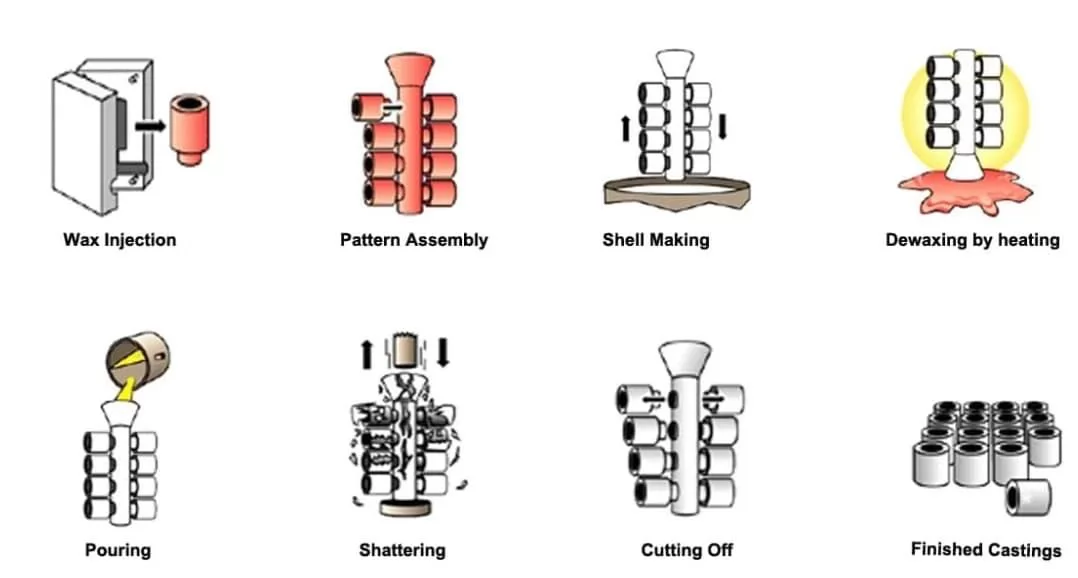
Applications of Valve Casting
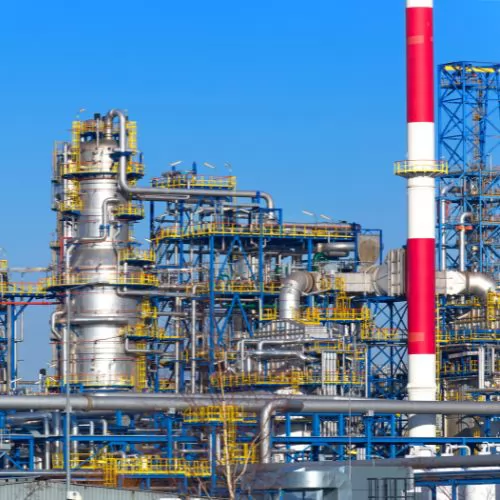
Oil and Gas Industry
Valve castings are crucial in the oil and gas industry, where they control the flow and pressure of crude oil, natural gas, and refined products. They are used in upstream extraction, midstream transportation, and downstream refining processes, ensuring safe and efficient operation under extreme conditions.
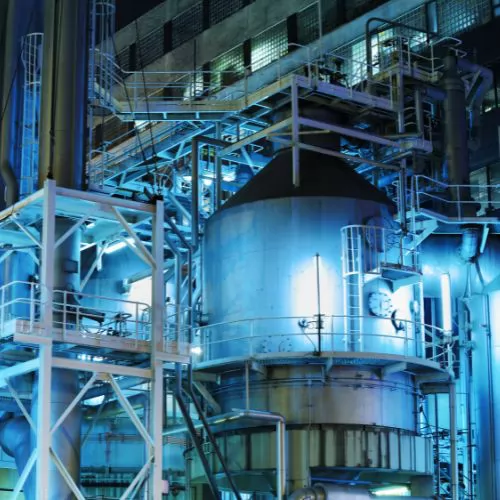
Chemical Industry
In chemical processing plants, valve castings manage the flow of reactive and corrosive chemicals. They are essential for maintaining precise pressure and temperature control, ensuring safety and efficiency in the production of various chemical products.
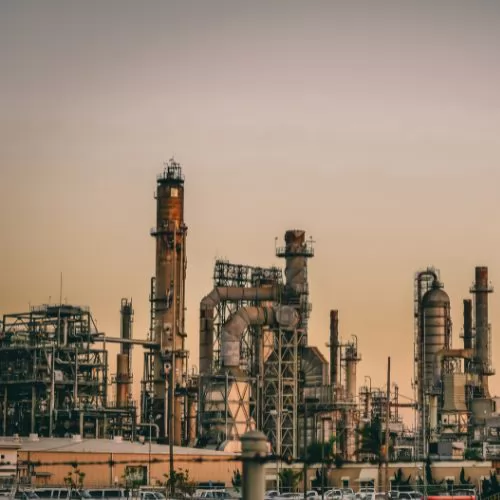
Power Generation
Valve castings are key components in power plants, especially in thermal and hydropower facilities. They regulate the flow of steam and water, crucial for maintaining the necessary pressure and temperature conditions for energy generation and ensuring safe operations.
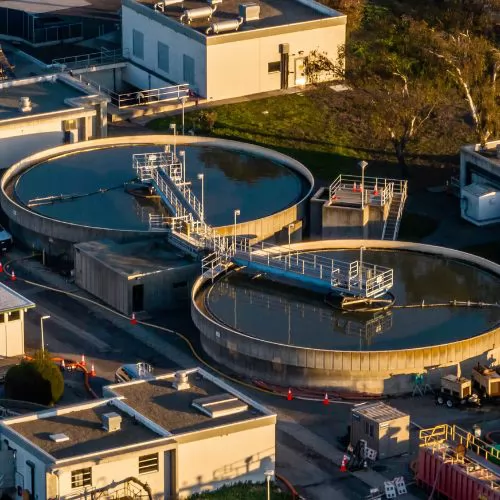
Water and Wastewater Treatment
In water and wastewater treatment plants, valve castings control the flow of water through different treatment stages. They ensure the efficient and effective removal of contaminants, helping to maintain consistent water quality for public and industrial use.
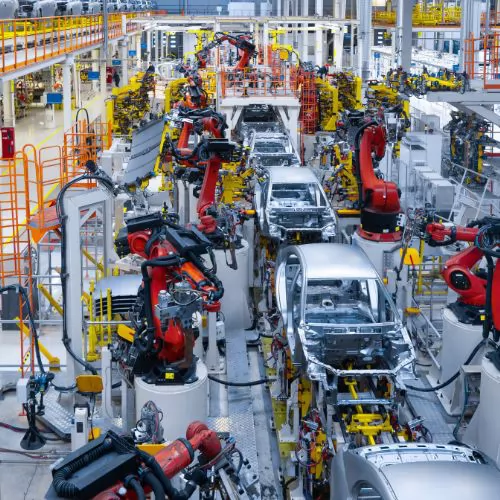
Automotive Industry
The automotive industry uses valve castings in various vehicle systems, such as engines and cooling systems. These castings regulate the flow of fluids like fuel and coolant, contributing to the overall performance and reliability of vehicles under different operating conditions.
Cast Valve Parts We Provide
As a leading manufacturer, we offer a wide range of cast valve parts to cater to various industries and applications. Some of the cast valve parts we provide include:
-
Valve Bodies: We manufacture valve bodies using high-quality materials and precise casting techniques. These bodies serve as the main structure of the valve, providing the necessary strength and integrity.
-
Valve Discs and Plugs: Our cast valve parts include discs and plugs that regulate the flow by opening or closing the valve. These components are designed for reliable sealing and smooth operation.
-
Valve Stems and Shafts: We produce valve stems and shafts that provide the necessary mechanical linkage for controlling the movement of the valve disc or plug. These components are critical for ensuring proper valve operation.
-
Valve Bonnets and Caps: Our cast valve parts also include bonnets and caps that provide protection and sealing for the valve internals. These components help maintain the integrity of the valve and prevent leakage.
Frequently Asked Questions About Valve Castings
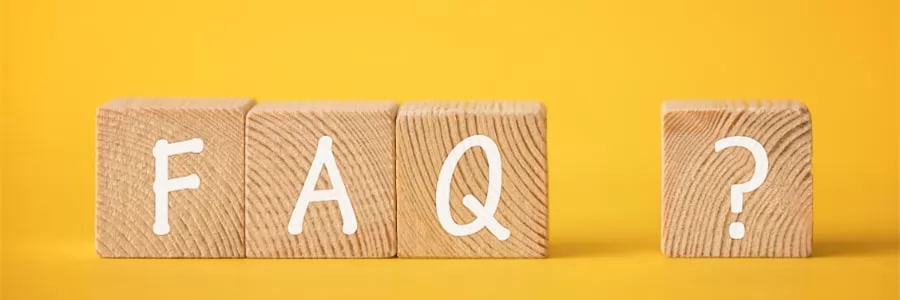
Q1. What is the advantage of using valve castings over fabricated valves?
Q2. Can valve castings be customized to specific requirements?
Q3. Are valve castings suitable for corrosive environments?
Q4. What are the quality assurance measures for valve castings?
Q5. How do valve castings compare in terms of strength and durability?
Q6. What is the typical lifespan of valve castings, and how can it be extended?
Besser's Custom Valve Casting Services
At Besser, our custom valve casting service is second to none. We have the right manufacturing technology, resources and highly qualified engineers to provide the best casting service at any time. Therefore, we help you manufacture high-quality, durable valve parts at competitive prices.
Our team of experts is here to solve your manufacturing issues. Besser is ready to put you ahead of the competition with our technologically advanced platform. The platform allows you to obtain instant quotes, manage quotes and orders, and view project status at the same time. Contact us today!
Conclusion
valve castings play a vital role in controlling the flow of fluids in various industries. Understanding the types of valve castings, suitable materials, advantages of investment casting, and the manufacturing process provides valuable insights into the world of valve production. Our range of cast valve parts offers reliability, precision, and customization to meet diverse industry requirements. Should you have any further questions or specific needs regarding valve castings, our team is ready to assist you.



